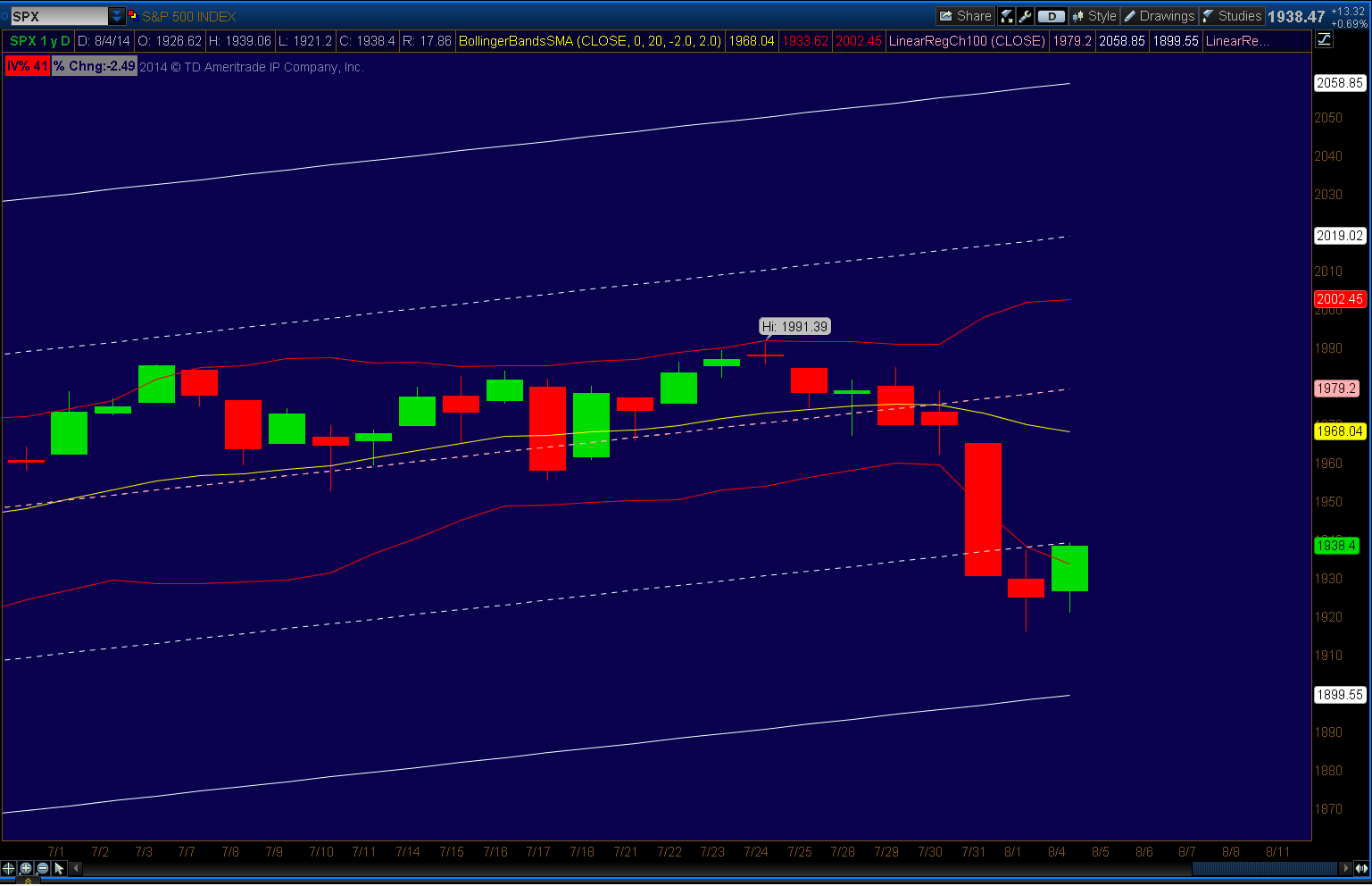Here is some Forex terminology that you need to understand before getting any further:
- Pip: A Pip is the smallest price movement in regards to all currencies being traded. Most of the currencies that are traded have 5 digits.
- Pair: Forex currencies are always traded in pairs. Meaning they are traded against each other.
- Base Currency: Is the first currency considered in the pair.
- Counter Currency: Is the second currency being traded against the base.
Because the Forex market is relatively easy to get started with, many first time traders tend to just want to jump in with little to no knowledge other than the basics. This is why most traders fail when first starting out. There is a balance that a trader needs to establish between knowledge and practical application that needs to take place before someone can become successful. This is why learning a proven Forex strategy, and having continual education is a must.
Forex Trading Strategies
There are many Forex trading strategies that work, and work well. If you're shopping around for a strategy that works it's important to keep these things in mind when searching for one that works:
- A Proven Record: Make sure that whatever the strategy you choose, that it has a proven track record. This means the the owner of the strategy is providing real trading results. This includes success and failure rates along with being able to provide testimonials from multiple people who have learned to trade their strategy successfully.
- Community Support: Just buying into a Forex trading strategy is half the battle. Learning how to implement it properly is the other half, and the most important part. Being able to be a part of a community of traders (no matter how small, or big) can make the difference between success or failure. Make sure that the strategy you buy into has some type of support system set up to help you with analyzing your trades, and the trades of others. Much can be learned this way, and can help anyone catapult them through the trading learning curve.
- Updates: The Forex market is a living market. Meaning it can and does change from day to day, and year to year. This means that strategies that were viable a year ago, may not be viable today. Being able to adapt, and update your strategy to the current market is a must. While there are certain aspects to trading that don't change, there is never any guarantee that a given strategy will work forever. Be mindful of this, and make sure to always be adaptable to the markets.
Forex Trading Courses
Since education is vital to success it should never be avoided. Forex trading courses are something every Forex trader should be continually participating in. It's important to keep in mind that every trading course is not equal though, and there are some vetting criteria to keep in mind:
- They Actually Trade: There are a lot of educators today that talk the talk, but don't walk it. This should throw up a big red flag. Not only do these educators have little to offer, they can drastically put your account into the red when their "advice" is blindly heeded. Find an educator that has practical knowledge of the markets. This means they that have garnered years of wisdom by putting their knowledge to the ultimate test, and have the most wisdom to impart.
- 1-on-1 Coaching: Live 1-on-1 coaching is extremely helpful. It allows the expert to be able to assess the habits, and level of knowledge that the student has. It also allows the student to be able to increase their odd of improving by leaps and bounds. This option isn't cheap, but it sure is an effective way to bolster the traders confidence, and success rate.
- Live Coaching Calls: Traders can benefit immensely from live coaching calls. This is a forum where traders of every skill level can ask questions, and get answers from not only each other, but from the experts their learning from. Look for at least weekly live coaching calls when looking for an educator.
- Interested In Your Success: If you've ever tried learning from someone not interested in your success, then you most likely had a very stale, one sided experience. There are many such Forex trading courses available, and they are not always easy to spot. If you ever find yourself in one, get out ASAP. They will only be a drain on your bank account, and time.
Trading Forex Online Works
While learning to trade Forex, or any other vehicle successfully is demanding, grueling, and a long process. It is extremely rewarding, and offers a lifestyle like no other career choice. It is very possible to succeed, but it could take years before you hit your stride.
If you're serious about learning how to trade Forex, but don't want to put up your own money. Click the button below to learn how you can trade someone else's money to get started!
Want to learn more about Forex trading online before jumping in? Click here for an excellent Forex trading resource.








